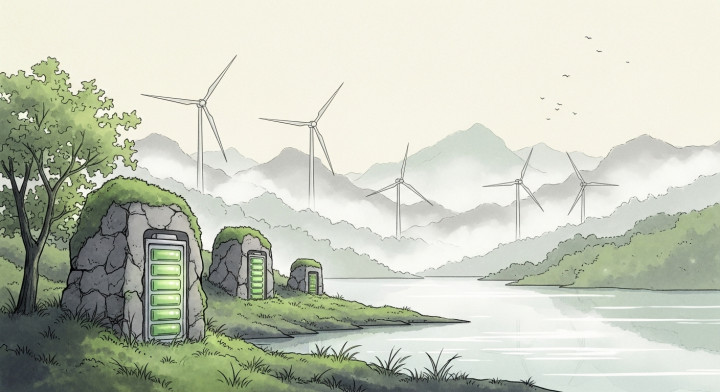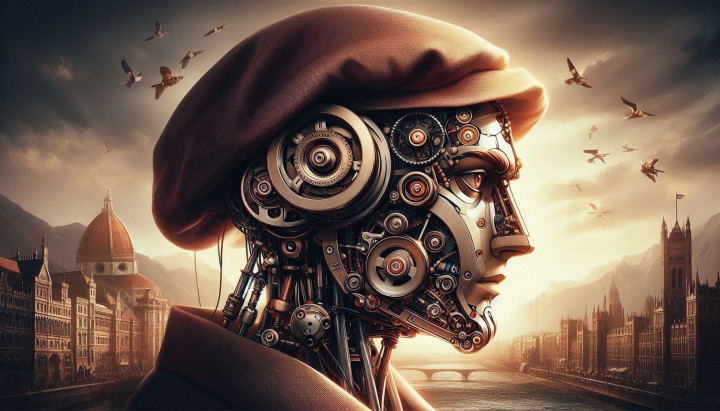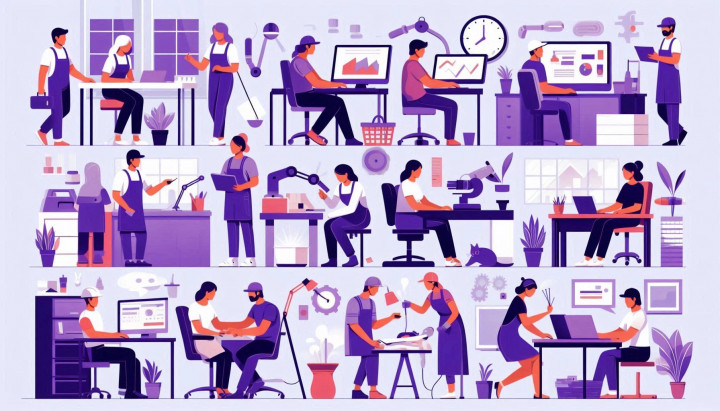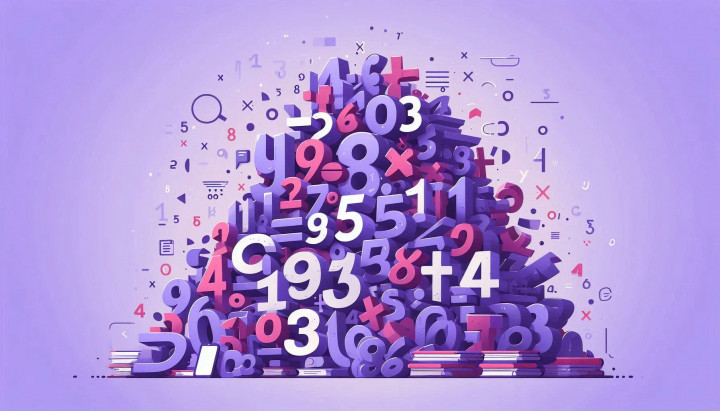AI Cannot Hold Patent Rights
Artificial intelligence (AI) cannot be legally recognized as an "inventor" on patent applications in the United States, a position confirmed by the US Court of Appeals for the Federal Circuit and reinforced by guidance from the US Patent and Trademark Office (USPTO). This stance affirms that under current US law, only human beings qualify for inventorship.
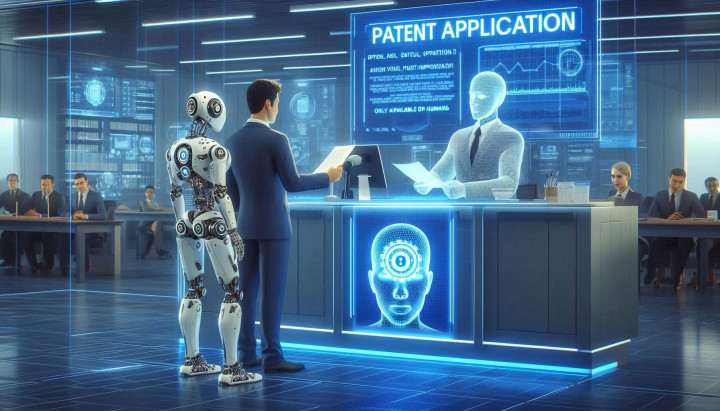
The question of AI inventorship has moved from theoretical debate to legal battleground largely due to the advancements in generative AI and the efforts of Dr. Stephen Thaler. Thaler developed an AI system named DABUS (Device for the Autonomous Bootstrapping of Unified Sentience), which he claims independently conceived two inventions: a unique food container and an emergency beacon light. He filed patent applications in numerous countries listing DABUS as the sole inventor, aiming to challenge the traditional definition of inventorship.
In the key US case, Thaler v. Vidal, the USPTO rejected these applications based on the Patent Act's requirement that inventors must be "individuals." The Federal Circuit court upheld the USPTO's decision, definitively stating that US law requires inventors to be natural persons. This ruling solidifies the legal interpretation for the time being within the US.
However, this does not mean inventions created *with the assistance* of AI are unpatentable. Recognizing the increasing role of AI in the innovation process, the USPTO issued guidance clarifying the situation. According to this guidance, AI-assisted inventions *are* eligible for patent protection, provided that one or more *human beings* made a "significant contribution" to the conception of the invention claimed in the patent. The guidance emphasizes that merely owning an AI system or pushing a button is insufficient. Significant human contribution could involve:
- Formulating the specific problem addressed by the invention.
- Designing the prompts or experiments that led the AI to a specific solution.
- Recognizing the AI's output as a potential invention and appreciating its significance.
- Making significant modifications or additions to the AI's output to arrive at the final invention.
This approach aims to protect human ingenuity and investment while avoiding unnecessary restrictions on patenting innovations developed using powerful AI tools. The USPTO has a long history of granting patents for AI-related inventions where human inventors are correctly identified.
The US position reflects a broad international consensus. Thaler's attempts to list DABUS as an inventor have also been rejected by major patent offices and courts globally, including the UK Supreme Court, the European Patent Office (EPO), and authorities in Australia. These decisions consistently point to existing patent laws, which were written with human inventors in mind.
While South Africa did grant a patent listing DABUS as an inventor, this is widely regarded as an outlier due to the country's patent system lacking rigorous substantive examination of inventorship at the application stage. Therefore, the overwhelming global legal stance currently prevents AI from being named as an inventor.
This series of rulings has significant implications, providing legal certainty for companies using AI in R&D in major markets. However, it doesn't end the debate. As AI capabilities continue to advance, questions remain about whether current laws adequately incentivize and protect truly AI-driven innovation. Policymakers, legal scholars, and industry stakeholders worldwide continue to discuss whether and how patent laws might need to adapt to the age of artificial intelligence.

